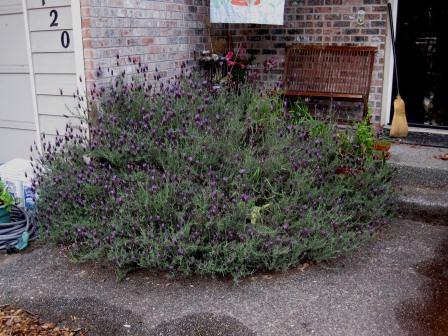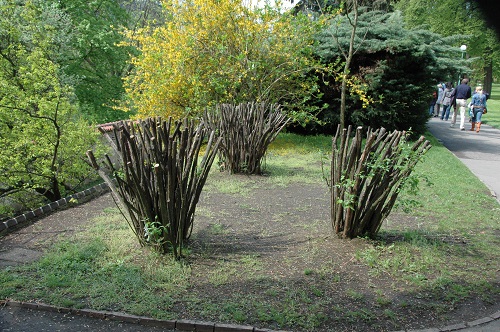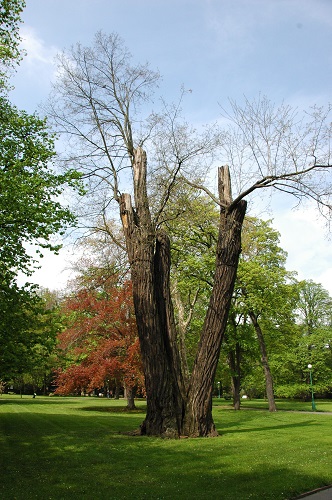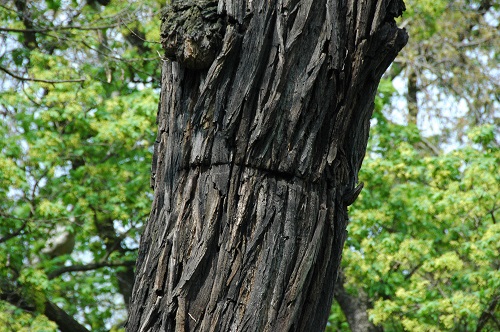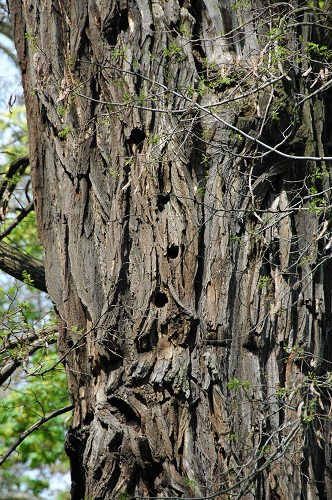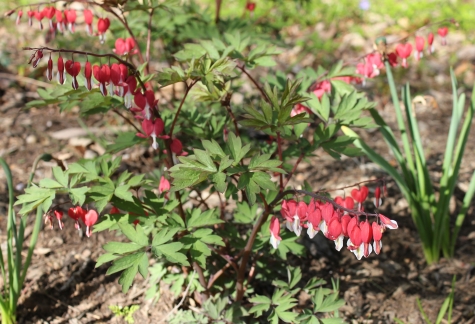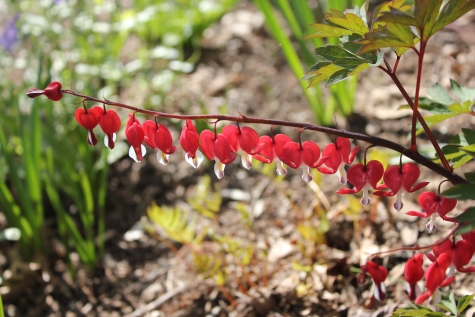 Of course we want to buy locally-grown plants! There are a gazillion sound reasons to do so. In a paper that may be from near here, or not, I perused the gardening column over Sunday coffee, written by (a human) (name withheld to protect the very, very nice and usually accurate author). But in this particular article, the writer ventured deep into huh? territory.
Of course we want to buy locally-grown plants! There are a gazillion sound reasons to do so. In a paper that may be from near here, or not, I perused the gardening column over Sunday coffee, written by (a human) (name withheld to protect the very, very nice and usually accurate author). But in this particular article, the writer ventured deep into huh? territory.
And that territory is my area of expertise: nursery and greenhouse production and marketing. My favorite talk to give to gardening groups is “From Grower to Garden Center.” As the Garden Professor Least Likely To Get Riled Up, it pains me a bit to even bring this up when someone’s willing to crank out a column week after week. Heck, I haven’t been able to write anything lately, accurate or otherwise. The bulk of the article was correct and positive, plus promoted a great local grower (of which we have very, very few), BUT there were a few statements made that I thought might make good points for clarification (teaching moments) and maybe generate some discussion.
“Just like locally grown food, a locally grown plant is going to be much easier on the environment. Transportation and fuel costs are lower, and carbon footprint emissions are decreased. Plus, without a need for the special packaging to ensure a safe journey across the country, less packaging ends up in a landfill.”
I’ve unloaded plenty of trucks – the only things that use any “special packaging” are poinsettias and sometimes florist mums – sleeves and or boxes. “Cross-country” is rarely the case, even for big box stores – they work with regional growers (albeit large ones) for annuals and perennials. However, the writer’s point is well taken in that even here in the “far east,” some independent garden centers and big box stores get shrubs and trees from the west coast (Monrovia must give them a heck of deal). One of our two local garden centers carries Japanese maples from Monrovia; this retailer is located less than 10 minutes from a nursery that specializes in Japanese Maples. Go figure.
“Beyond the environmental impact, when you buy a locally grown plant you usually are buying a healthier plant. It will already be accustomed to our native soils and growing conditions.”
“Usually” is a good qualifier here. Regarding health, I’ve seen amazing quality from far, far away, and real crap from a couple local growers. Local does not automatically equate to pest and pathogen free, well-rooted, non-stretched, or any other criteria for quality. The second sentence, however, has haunted me for a week. Nursery and greenhouse plants are grown in soilless media – peat or peat alternatives; pine bark; fir bark; etc. How can that particular plant be accustomed to “our native soil”? To put a finer point on it, what, exactly, IS our “native soil”? Our own 19 acres has yellow clay, red clay, forest duff, sandy loam, loamy sand (I made that one up), and everything in-between.
Regarding growing conditions, your spring-purchased plant has most likely been in a controlled environment of some degree, whether a greenhouse or coldframe. If I went shopping at any retail greenhouse or garden center (which I probably will do this weekend), I would probably purchase some plants right out of the greenhouse. Of which they are accustomed.
“And, with less travel time, the plant is less likely to be stressed by excessive handling and is less likely to be over watered or over fertilized.”
On the truck, off the truck. Place on retail bench. This is how a plant would be handled whether it was grown by a local wholesale nursery 10 miles away or 1000. How excessive is that? And why would travel time cause over-watering or over-fertilizing? If anything, the inverse is true.
“New gardeners can be assured that they are buying a variety that grows well in our climate, as local growers supply what grows here. The plant will be put out for sale when it’s actually time to plant, not when a buyer across the country wants to sell it to you.”
Grows well? What grows here? I’m not even sure where to begin with that bit of information. Isn’t that part up to the gardener, new or otherwise?
And wherever you may live, I guarantee there were plenty of tender annuals, tomato transplants, and other jump-the-gun goodies available for sale from your local grower or garden center 45 days before your last frost date. What IS true – a good grower/retailer or garden center staffer won’t let you leave without a gentle (or not-so-gentle) reminder to keep ’em in until after last frost. To which I always nod, agree, and then commence with trying to produce the earliest tomato in the tri-county area. Because I’m an expert.
*snort*

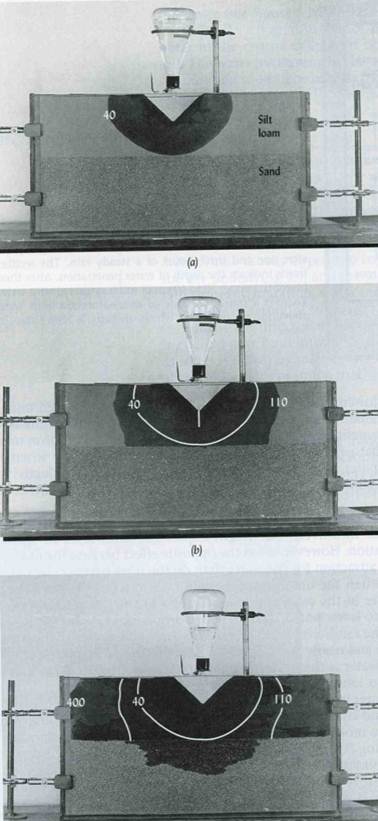
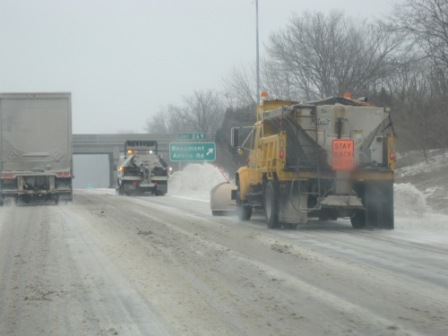
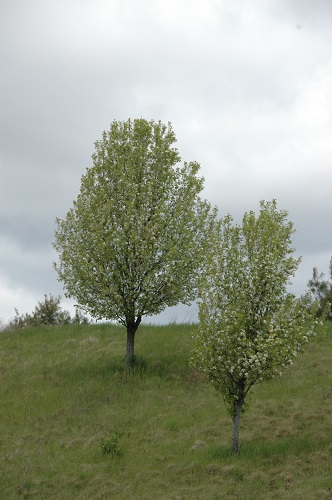
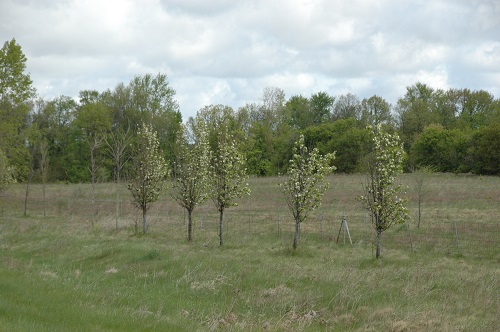


 Lavender #2 before root pruning
Lavender #2 before root pruning